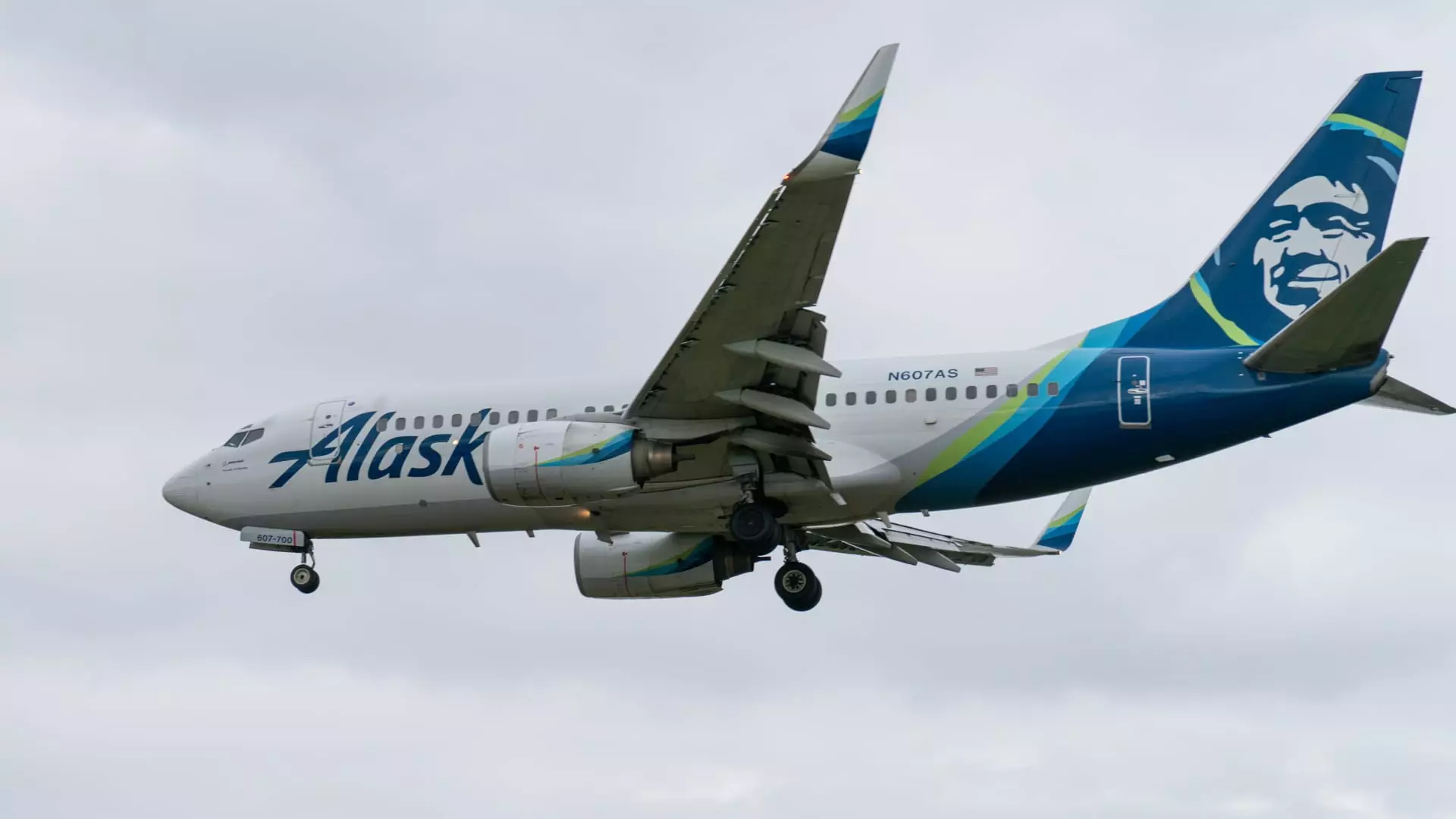The recent approval by the U.S. Department of Transportation (DOT) for the merger between Alaska Airlines and Hawaiian Airlines marks a transformative moment in the airline industry. With a price tag of $1.9 billion, the impending consolidation has cleared significant legal hurdles, including the scrutiny by the U.S. Justice Department, paving the way for what could be a revolutionary shift in airline operations across the Pacific region. As the merger transitions into its operational phase, one key aspect that the DOT emphasized is the preservation of valuable customer loyalty programs, a move that underscores the importance of maintaining trust and satisfaction among frequent flyers.
The DOT has mandated that both airlines uphold the integrity of their respective reward systems—HawaiianMiles and Alaska Mileage Plan. This stipulation ensures that members of these programs will retain their earned miles without the risk of expiration upon the merger’s completion. Moreover, the airlines must establish a seamless conversion process, allowing members to transfer their points at a favorable 1-to-1 ratio. This decision serves not only to protect consumer interests but also to provide assurance that customer loyalty will continue to bring value even as the airlines integrate their operations into a single platform.
Another critical condition set forth by the DOT pertains to the maintenance of “essential air support” services for rural areas. As part of their operational directives, both carriers must sustain existing passenger and cargo routes within the Hawaiian Islands as well as maintaining levels of service expected by travelers. This directive highlights the heightened responsibility of airlines to connect remote communities and ensure that the essential travel needs of these locales are met even in the wake of a merger.
In an interesting twist, Alaska Airlines has announced plans to appoint Joe Sprague, the current regional president overseeing Hawaii, as the CEO of Hawaiian Airlines post-merger. Such leadership moves signify a commitment to combine both companies’ cultures while transitioning into a unified operating framework. As Sprague takes the helm, the airlines will work towards obtaining a single operating certificate from the Federal Aviation Administration (FAA)—a critical step in formalizing the merger and streamlining operations across their combined fleet, which boasts over 360 aircraft.
The market has responded positively to the merger developments, with Hawaiian Airlines’ stock experiencing nearly a 4% increase following news of the DOT’s announcements. This uptick reflects investor confidence in the strategic alliance between the two airlines, suggesting that stakeholders view the merger as beneficial for both operational efficiency and market expansion strategies.
In a notable maneuver, the DOT underlined the necessity for Hawaiian Airlines to adopt Alaska Airlines’ customer-friendly policies, including guaranteed family seating and compensation for flight disruptions. Such commitments reflect a broader trend in the airline industry toward enhanced customer service standards amidst increasing competition.
As Alaska Airlines and Hawaiian Airlines gear up for their combined future, the focus on customer loyalty, rural service preservation, and operational integrity will be paramount to ensure a smooth transition into a new era of airline travel. This merger not only represents a consolidation of resources but also an opportunity for both airlines to redefine their roles within the competitive landscape of air transportation.

